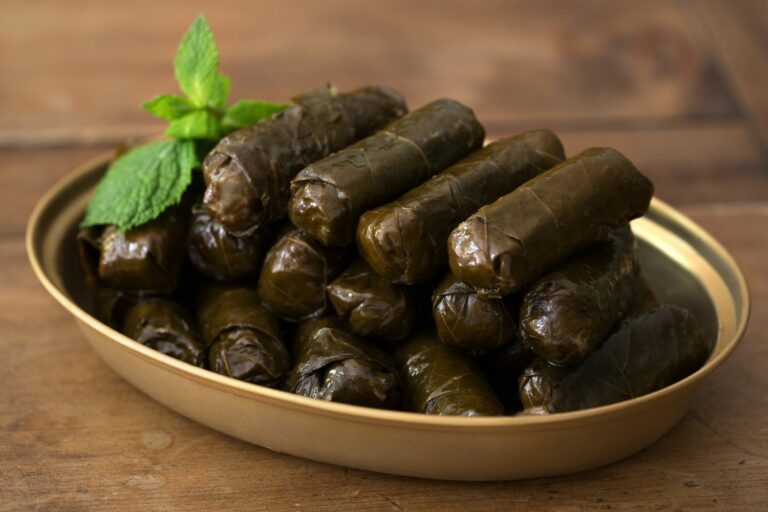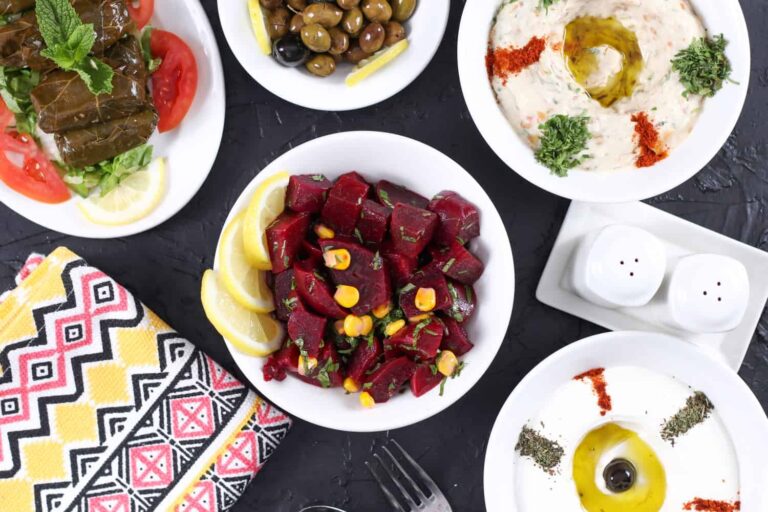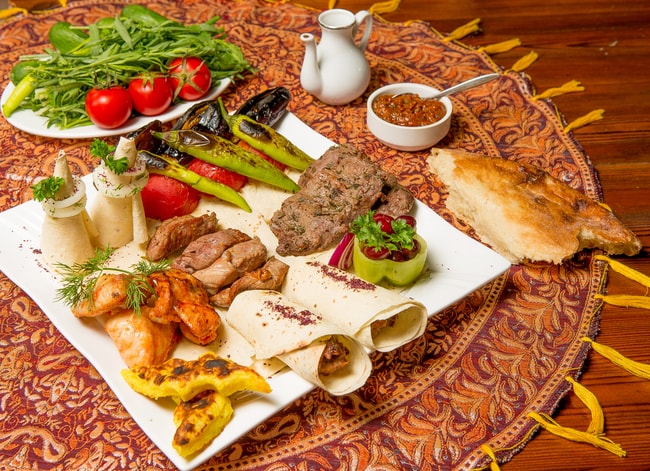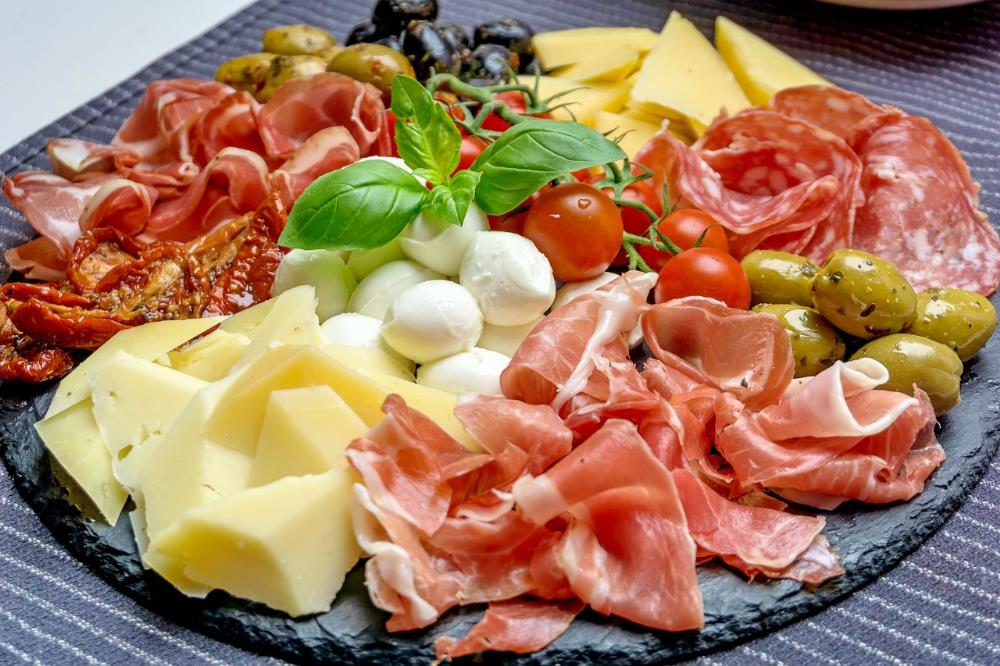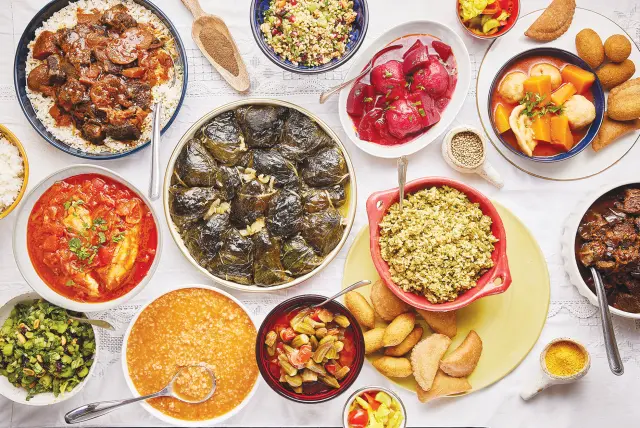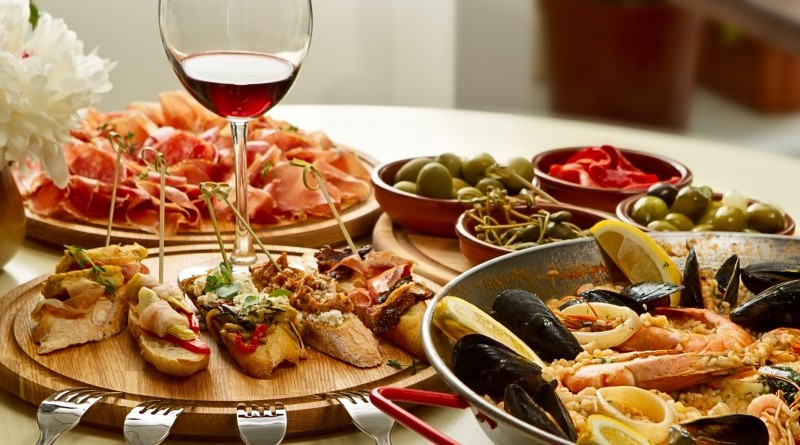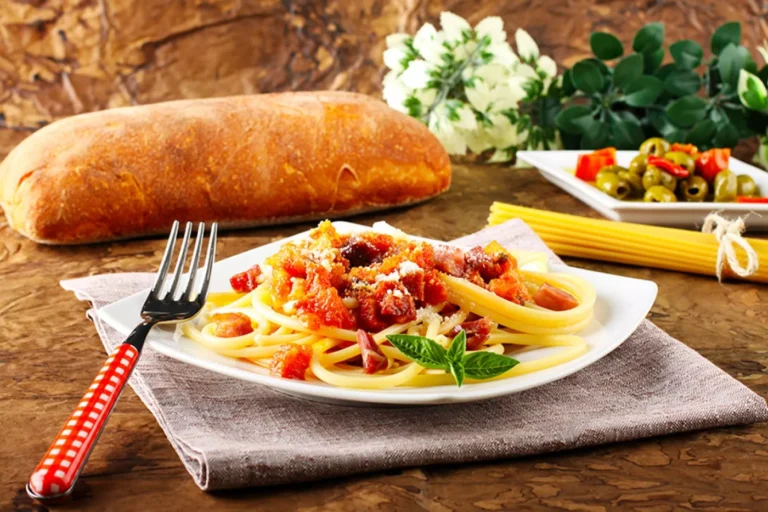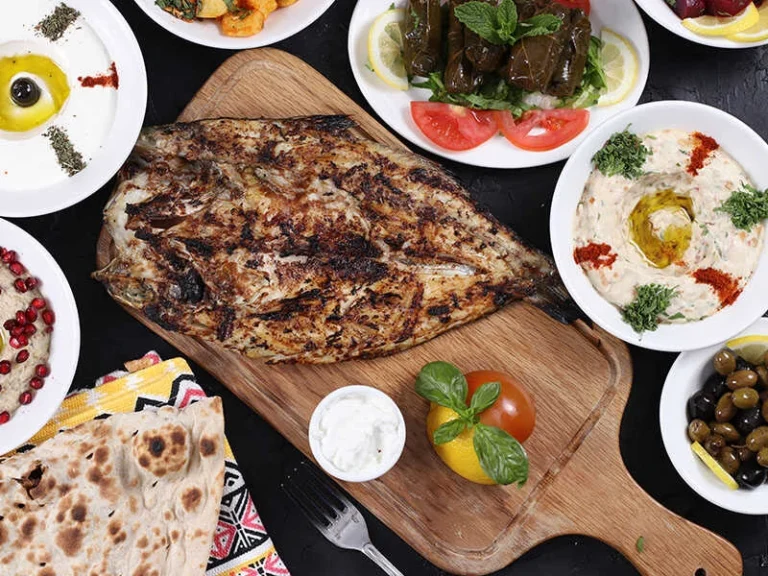Introduction: Exploring Israeli cuisines
Israel is a melting pot of cultures, and its cuisine reflects that diversity. Israeli cuisine is a blend of Jewish, Middle Eastern, Mediterranean, European, and North African influences. The country’s strategic location on the eastern coast of the Mediterranean Sea has led to a fusion of culinary traditions, resulting in a unique gastronomic experience. In this article, we will explore whether there are any influences from North African cuisines in Israeli dishes.
North African cuisines in Israel: An overview
North African cuisines refer to the culinary traditions of countries like Morocco, Tunisia, Algeria, and Libya. These cuisines are characterized by the use of aromatic spices and herbs, such as cumin, coriander, cardamom, cinnamon, and mint. North African dishes often feature couscous, a staple made from semolina wheat, and harissa, a fiery red pepper paste. North African cuisines have a long history of influence in the Mediterranean region, and their impact can be seen in many Israeli dishes.
Spices and herbs: Signatures of North African cuisines
The use of herbs and spices is a defining feature of North African cuisines. Israeli chefs have adopted this practice, using spices like cumin, coriander, and paprika to add depth and complexity to their dishes. For example, shakshuka, a popular Israeli breakfast dish, is made by simmering eggs in a spicy tomato sauce infused with cumin and paprika. These spices give the dish a warm, earthy flavor that is reminiscent of North African cuisine.
Harissa, couscous, and more: North African staples in Israeli dishes
Harissa, a fiery red pepper paste, is a staple in North African cuisine. It is often used as a condiment or added to stews and soups to give them a kick of heat. Israeli chefs have incorporated harissa into their dishes, such as shakshuka, hummus, and falafel. Couscous, a staple in North African cuisine, has also made its way into Israeli dishes. Israeli couscous is a larger, pearl-like version of the North African staple, and is often used in salads and stews.
Popular North African-inspired Israeli dishes
Many Israeli dishes have been inspired by North African cuisine. One such dish is sabich, a popular street food that originated in Iraq but has become a staple in Israel. Sabich is a pita sandwich filled with fried eggplant, hard-boiled eggs, hummus, tahini, Israeli salad, and amba, a tangy mango pickle that is similar to North African chutneys. Another dish that has been influenced by North African cuisine is chraimeh. Chraimeh is a fish dish that is simmered in a spicy tomato sauce infused with cumin, paprika, and harissa.
Conclusion: The fusion of Israeli and North African cuisines
Israel’s cuisine is a reflection of its diverse population, and North African cuisines have played a significant role in shaping Israeli dishes. From the use of aromatic spices and herbs to the incorporation of harissa and couscous, Israeli chefs have embraced North African flavors and made them their own. The fusion of Israeli and North African cuisines has resulted in a unique culinary experience that is both delicious and culturally rich.


